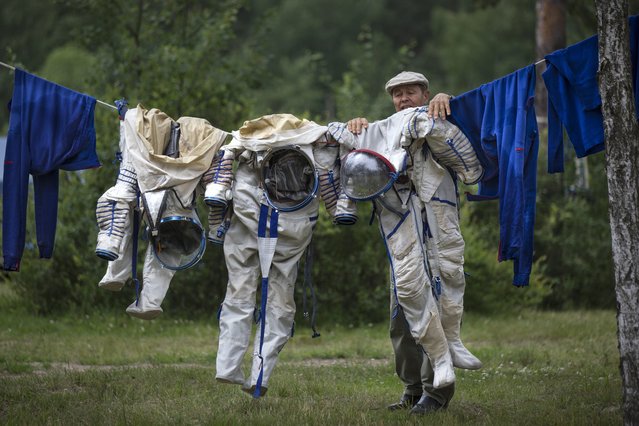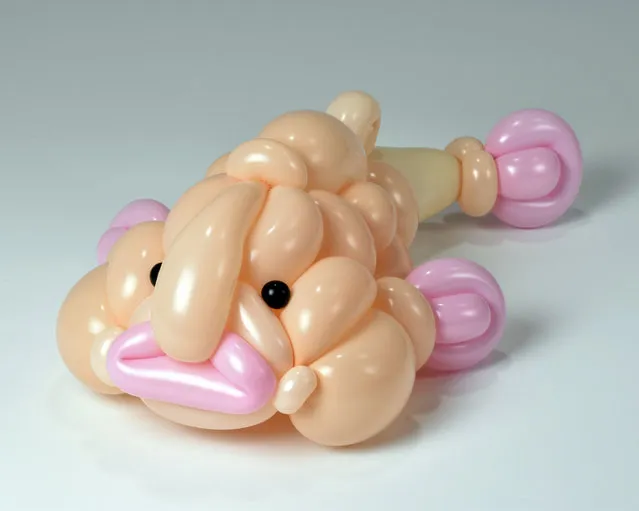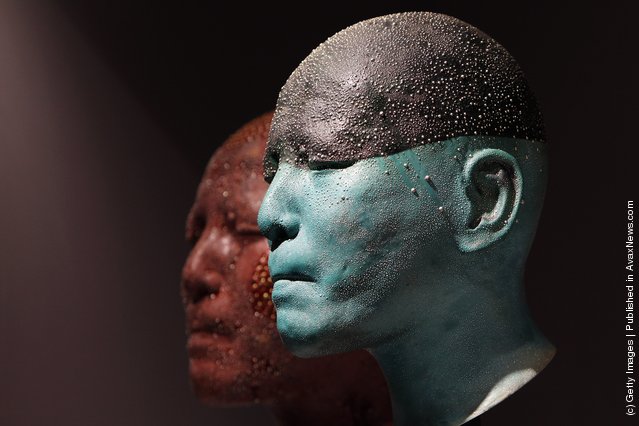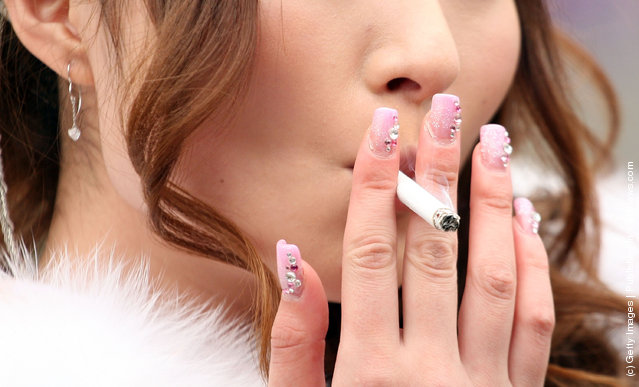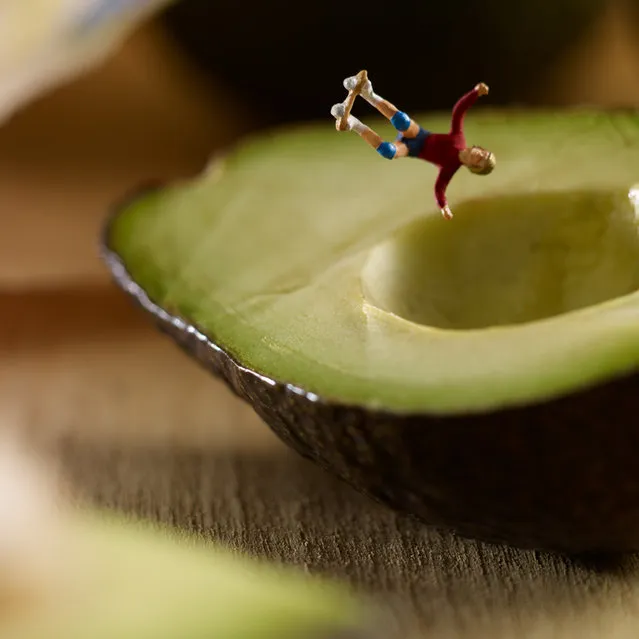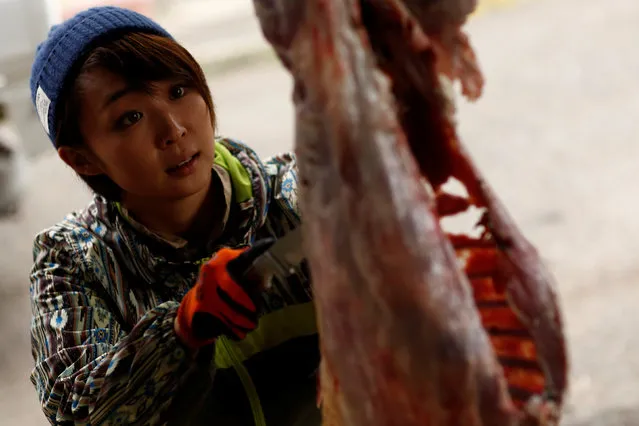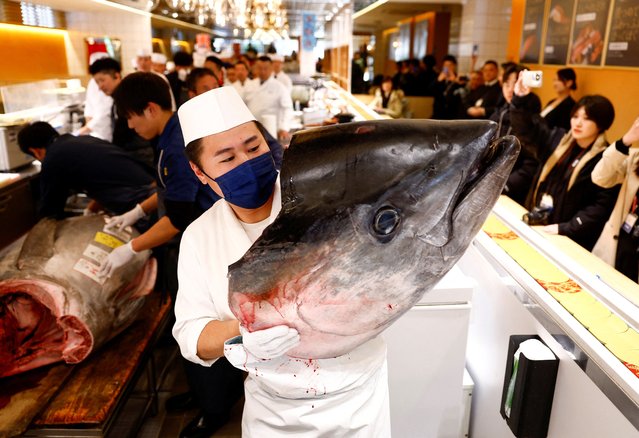
The head of a 276-kilogram bluefin tuna that was auctioned for 207 million Japanese yen (about 1.3 million U.S. dollars), which was bought jointly by sushi restaurant operator Onodera Group and wholesaler Yamayuki, is carried by a sushi chef at an Onodera sushi restaurant after the first tuna auction of the New Year in Tokyo, Japan on January 5, 2025. (Photo by Issei Kato/Reuters)
08 Jan 2025 03:59:00,post received
0 comments


